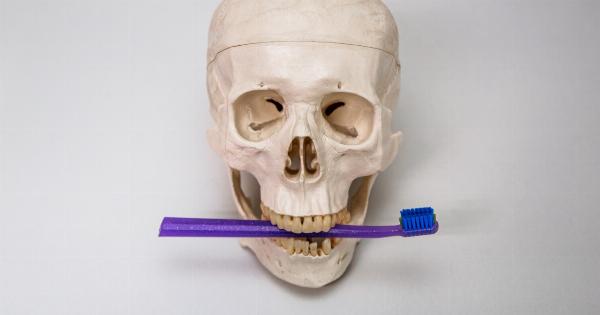Breast cancer is a complex disease that affects millions of women around the world. It is the most common cancer among women, accounting for nearly a quarter of all cancer cases in females.
While the risk of developing breast cancer increases with age, there are also significant age-related differences in terms of diagnosis, treatment, and the impact of childbearing on the disease.
Age-Related Differences in Diagnosis
One of the key age-related differences in breast cancer is the way it is diagnosed. Younger women, generally under the age of 40, tend to have more aggressive forms of breast cancer, which may be difficult to detect in routine mammograms.
In contrast, older women, particularly those above the age of 50, are more likely to develop slower-growing, hormone-responsive breast tumors. These tumors are often detected through routine screening programs.
Effect of Age on Treatment Options
The age of the patient plays a crucial role in determining the appropriate treatment strategy for breast cancer. Younger women are usually treated with a combination of surgery, chemotherapy, and radiation therapy.
This aggressive approach aims to eliminate any remaining cancer cells and reduce the risk of recurrence. On the other hand, older women may have additional health concerns or comorbidities that limit their treatment options. In some cases, the focus may be on less invasive treatments such as hormone therapy or targeted therapies.
Childbearing and Breast Cancer Risk
The relationship between childbearing and breast cancer risk is another area where age-related differences become apparent.
Research suggests that early and close pregnancies, especially before the age of 30, may offer some protection against breast cancer. This is thought to be due to the hormonal changes that occur during pregnancy and breastfeeding.
However, the protective effect seems to diminish with age, and in fact, women who have their first child after the age of 35 may have a slightly increased risk of developing breast cancer.
Pregnancy-Associated Breast Cancer
Although breast cancer during pregnancy is rare, it can pose unique challenges for both mother and baby. Pregnancy-associated breast cancer (PABC) is defined as breast cancer diagnosed during pregnancy or within one year of giving birth.
Younger women have a higher risk of PABC due to the higher incidence of pregnancy at a younger age. The diagnosis and treatment of PABC require careful consideration of the potential risks and benefits to both the mother and the unborn baby.
Age and Hormone Receptor Status
The age of the patient also influences the hormone receptor status of breast cancer. Hormone receptors are proteins found inside or on the surface of cancer cells that bind to hormones, such as estrogen and progesterone.
Estrogen receptor-positive (ER+) breast cancer is the most common type and tends to occur more frequently in older women. In contrast, younger women are more likely to have triple-negative breast cancer, which does not have hormone receptors and is generally more aggressive.
Survival Rates and Age
Survival rates for breast cancer vary depending on age and other factors. Younger women tend to have lower overall survival rates compared to older women, primarily due to the higher likelihood of aggressive tumor subtypes and delayed diagnosis.
However, it is important to note that survival rates have improved significantly over the years, thanks to advancements in early detection and treatment options.
Age-Specific Screening Recommendations
Screening guidelines for breast cancer vary depending on age and risk factors. For women at average risk, mammograms are typically recommended every one to two years starting at the age of 40.
However, younger women with certain risk factors may require earlier or more frequent screening. Older women, on the other hand, may continue with regular mammograms until a certain age or as recommended by their healthcare provider.
Lifestyle Factors and Age
Lifestyle factors such as diet, physical activity, and alcohol consumption can also interact with age-related differences in breast cancer.
While maintaining a healthy lifestyle is important for overall well-being at any age, certain habits may have a more significant impact on breast cancer risk in specific age groups. For example, exercise may play a more protective role in postmenopausal women, whereas the association between alcohol and breast cancer risk appears to be stronger in younger women.
Conclusion
Age-related differences in breast cancer and childbearing are complex and multifaceted. Understanding these differences is crucial for tailoring effective prevention, detection, and treatment strategies.
While age can influence the type and aggressiveness of breast cancer, it should be noted that each individual’s situation is unique. Regular screenings, maintenance of a healthy lifestyle, and open communication with healthcare providers remain essential for all women throughout their lifespan.




























